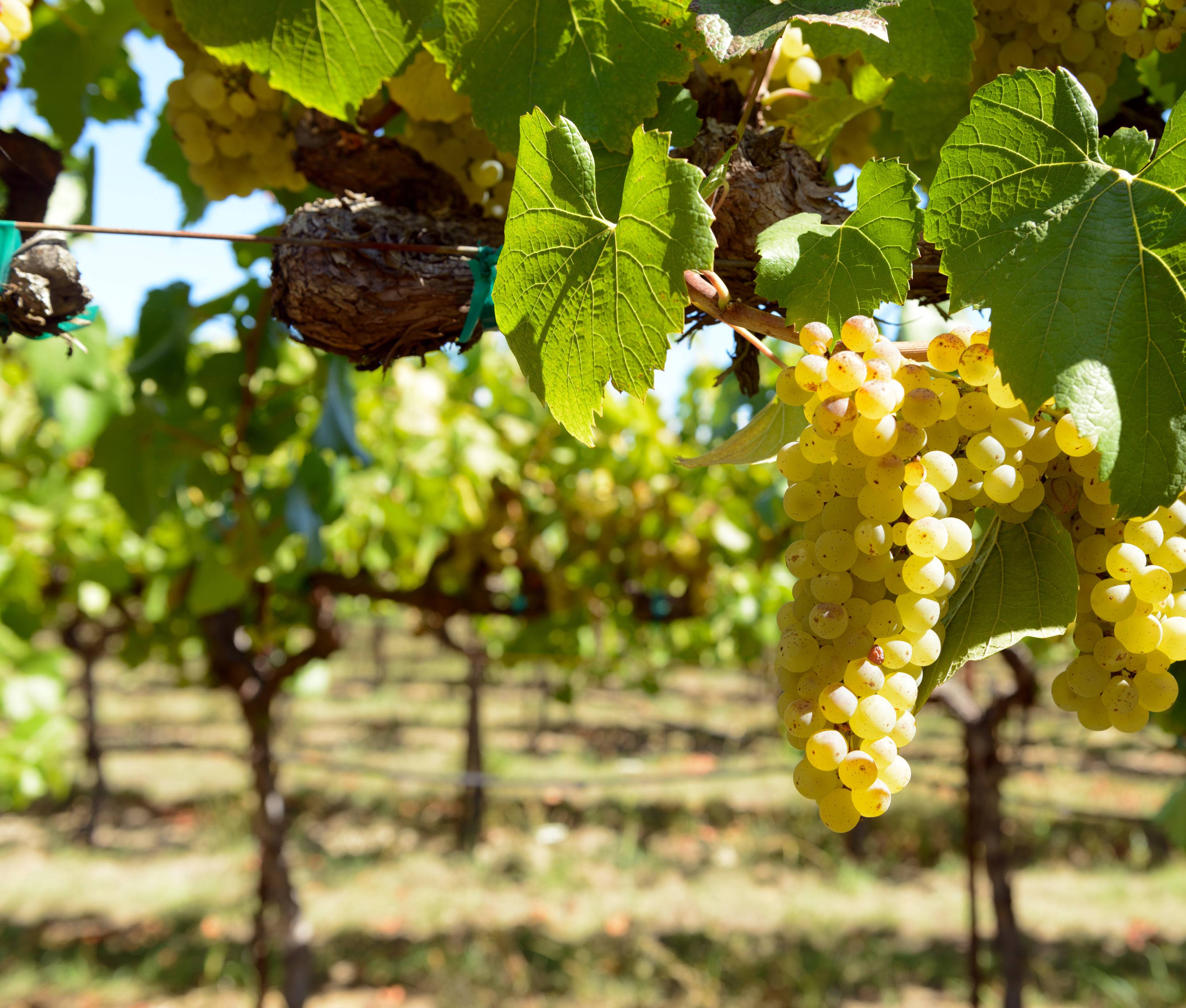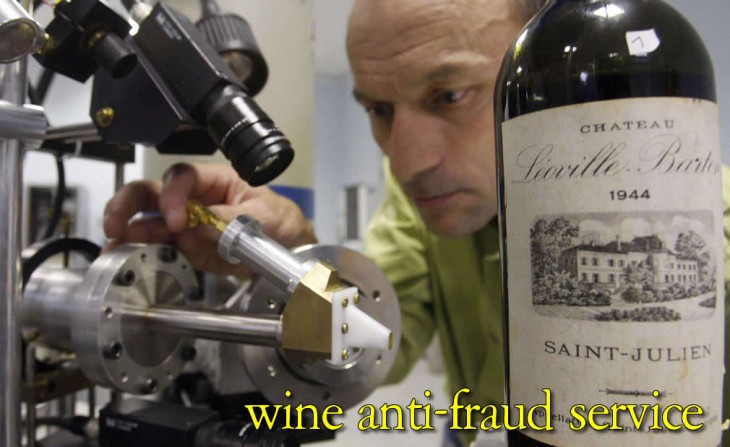New website will help collectors and others avoid the often costly trap of wine fraud.
Wine fraud is a problem that can be very costly to collectors and cause emotional upset to people who buy a bottle thinking they are getting one thing when it’s really another. We’ve seen in the last year that countries are taking it seriously, whether they have employed science or new labeling to be proactive, or pursued legal action to be reactive.
In April a new website will go live in an attempt to further cut down on the crime. Wine consultant Maureen Downey, who worked with the FBI on high profile wine fraud cases in the past, is part of the development of winefraud.com. The site will educate serious investors on how to spot fraud, track trends in fraud, keep lists of updated news stories about fraud and provide a virtual course on spotting fraud. With three levels of membership (none of which will be cheap), collectors of any level will be able to help authenticate purchases and go into auctions with more knowledge on their side. Although costly, this is a cheaper option than hiring an expert to vet your entire collection and wish list.
There will be a free section of the website, accessible to anyone, that lists vendors who have been vetted by Downey as being active in trying to prevent wine fraud. Another benefit to those not paying a fee? With rising awareness of wine fraud and vendors, be they independent or auction houses, having access to this site it will likely cut down on the amount of fraud. Rising prices on rare wines have driven the financial losses tied to wine fraud to their highest levels – it is a lucrative crime if it can be pulled off.
Without buying a costly membership, though, there are still things you can do to help prevent purchasing a fraudulent bottle. Here are five tips to help keep your collection authentic:
- Check the spelling. A tell-tale sign of fraud is incorrect spelling or mismatched spelling (either from bottle to bottle or a difference between the same word on the same bottle either label to label or label to cork).
- Check the cork. A dead giveaway of a fake wine is a cork that looks far too young for the bottle. Corks age, becoming brittle, so if a bottle is supposed to be twenty years old and the cork looks like that on a bottle you bought last night, chances are something is wrong.
- Check the label. In addition to spelling mistakes, the label can also giveaway hints to being a fraud. Like the cork, labels age: an old bottle should not have a perfect label. Before heading out to an auction or market check the website and screenshot the label on your phone. Compare the label to those on the bottle before investing.
- Check the capsule. The capsule is often made of lead, wax or foil – but lead and wax are highly unusual in current production. Check the website pictures to make sure that your bottle matches what is shown.
- Check the bottle. Wine bottles are a particular shape depending on the type of wine inside. There are always differences, so check that screen shot on your phone to make sure that the shape of the bottle matches.
- Check the year. Be careful when investing in any bottle with a vintage earlier than 1980, especially Bordeaux. These are the vintages that see the most fraud. Other big years for fraud? 1900, ‘28, ‘45, ‘61, ‘82, and 1990.
- Check the glue. Wines rarely have an traces of glue or crooked labels with glue peeking out. Many counterfeiters use cheap glue, the types you’d find in an elementary school classroom, because they can place the label on and then move it to get it even. The catch is that the extra glue around the label leaves a permanent, easy to spot, mark.
While wine fraud won’t impact many of us buying a modest bottle at our corner wine shop, it is a problem on the rise and if you are considering wine as an investment, it is a good idea to learn the basics.


